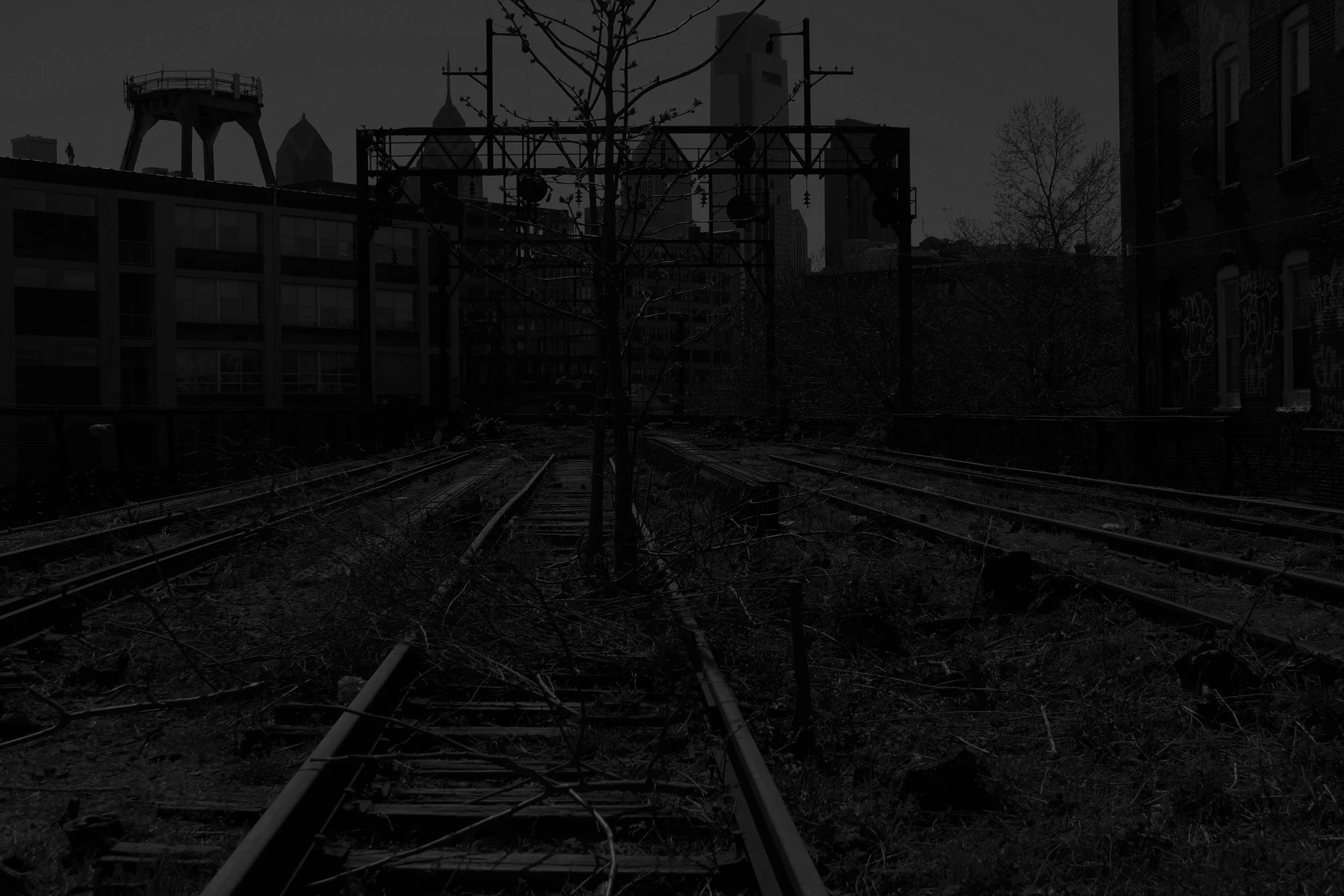


L+N
Long +
Narrow
Landscape architects need to acknowledge the novel ecosystems developing before our eyes. Peter del Tredici, Flora of the Future
L+N
Long +
Narrow
Landscape architects need to acknowledge the novel ecosystems developing before our eyes. Peter del Tredici, Flora of the Future
“ Long urban corridors of robust, strategic investment. Often narrow in dimension but broad in their positive impact. Cutting across social and economic lines, linking disparate areas of the city together. A new paradigm is taking shape.”
Illinois Institute of technology
LA497: Long and Narrow Seminar
Spring 2017
PROFESSOR
Ron Henderson, FASLA
Professor and Director
Landscape Architecture
+ Urbanism Program
CONSULTANT
TREVOR LEE, PLA
Visiting Assistant Professor
Landscape Architecture
+ Urbanism Program
Principal; SUPRAFUTURES
Long and Narrow will research a new paradigm of urban landscapes that is taking shape. Long urban corridors of robust, strategic investment - often narrow in dimension but broad in their positive social, ecological, and economic impacts - are stretching across global cities. The High Line, Prags Boulevard, the 606, and others are driven by a desire to take advantage of peculiarly elongated urban spaces which strike a transect across neighborhoods with diverse demographic and physio-spatial organizations. Students in the seminar will inventory, analyze, and develop critical commentary on these new landscapes in the form of texts, drawings, and diagrams that will comprise a public exhibition.
Currently, most projects affecting the land are obviously projects that involve transformation. Our cities exist, our land is occupied. It is a question of making them dense, changing their allocation, embellishing them. We know empirically the duration of these transformations, whether they involve large landscapes or bits of the cities. We know from experience that 30 or so years are needed to form a neighborhood, and that, in addition, these relatively long processes undergo permanent corrections. The initial vision should also be able to adapt to the hazards of the economy and to changing requirements. Hence the need to design tools and methods that make it possible to integrate this idea of duration in the way sites are transformed.
Michel Desvigne, Intermediate Natures
Sites of Interest
CONTEMPORARY
Agence Ter: Rhine Flood Plain Region, Geological Stratum to Create a Green Metropolis, The Peripherique as the Center of Greater Paris
Stan Allen: Gwanggyo Pier Lakeside Park
Archizoom: No-Stop City
Bernard Tschumi: Rotterdam Railway Tunnel Site
James Corner Field Operations: High Line
L+A Landscape Architecture/Ron Henderson: City Walk Providence
Michel Desvigne: The Right Bank of Bordeaux
West8: Moscow Luxury Village, Madrid Rio
Upstate: Syracuse Connective Corridor
Urban Think Tank / Topotek: Metro Cable in Barrios of Caracas
Weiss Manfredi: Olympic Sculpture Park
Kristine Jensen: Prags Boulevard, Copenhagen
Topotek + BIG: Superkilin
Pepita Teixidor: Zona Franca Street A
The 606 / Bloomingdale Trail
various proposals: Reading Viaduct Philadelphia
Gustafson Guthrie Nichol / Crosby Schlesinger Smallridge: Kennedy Greenway
Hidetoshi Ohno: Fiber City Tokyo http://www.fibercity2050.net/eng/fibercityENG.html
Jurgen Weidinger: Roman Road
Patrick Berger and Jamine Galiano: Le Promenade Plantee ... and others
HISTORIC
Unter den Linden, Berlin
La Rambla, Barcelona
Beichizi Street, Beijing
Commonwealth Avenue, Boston
Cours Mirabeau, Aix-en-Provence
City Wall, Xi'an
City Wall, Lucca ... and others
READING
FLORA OF THE FUTURE
Del Tredici, Peter, Wild Urban Plants of the Northeast: A Field Guide (Ithaca: Cornell University Press, 2010
Del Tredici, Peter, "Flora of the Future," Places Journal https://placesjournal.org/article/the-flora-of-the-future/
Ellis, Erle C., Ecologies of the Anthropocene: Global Upscaling of Social-Ecological Infrastructures, in New
Geographies 08 (Daniel Ibanez and Nikos Katsikas, editors) (Cambridge: Harvard University Press, 2014)
Oudolf, Piet, Landscapes in Landscapes. (New York: Monacelli Press, 2010)
Kowarik, Ingo, Wild Urban Woodlands: Towards a Conceptual Framework, in Kowarik I, Körner S (editor)
Wild Urban Woodlands (Berlin / Heidelberg, Springer-Verlag, 2005)
Pickett, Steward T.A. and Mary L. Cadenasso, Vegetation Dynamics, in Vegetation Ecology (Eddy van der
Maarl, editor) (Malden MA: Blackwell Publishing, 2005)
Weaner, Larry and Thomas Christopher. Garden Revolution: How Our Landscapes Can Be a Source of
Environmental Change (Portland, Timber Press, 2016)
